Sjogren’s Syndrome
AAGP® Could Provide a Pathway to Treating This Chronic Autoimmune Disorder
Sjogren’s syndrome is an autoimmune condition in which a body’s own immune system attacks the cells in the moisture-producing salivary glands and tear ducts. The outcome of this autoimmune response is painfully dry eyes and mouth.
Linked to conditions such as rheumatoid arthritis, the condition may occur in tandem with other autoimmune disease, or show up on its own. In addition to affecting the eyes and mouth, Sjogren’s can also affect the skin, hair, kidneys, and liver, causing conditions ranging from cavities to cirrhosis.
Sjogren’s has no known cure, and is estimated to affect 4 million people across the United States. Using AAGP®, ProtoKinetix is exploring revolutionary new treatments that could alleviate the suffering caused by severe dry eyes.

The causes of Sjogren’s syndrome
It appears that Sjogren’s, like other autoimmune disorders, is caused by a combination of genetic and environmental effects, possibly triggered by an infection, according to the Mayo Clinic. However, it’s unclear why some people are affected by the disease when others are not.
Autoimmune diseases are complex systems, but researchers are homing in on several risk factors for Sjogren’s: women are more likely than men to have it, as are people over 40 and those who also have a rheumatic disease such as lupus or rheumatoid arthritis.
Sjogren’s Syndrome Symptoms and Signs
For the millions suffering from Sjogren’s disease, an accurate diagnosis can take years, and in that time dryness can progress drastically.
Some signs and symptoms of Sjogren’s Syndrome include:
- Uncomfortably dry eyes
- Parched, dry mouth
- Dry throat, accompanied by a dry cough
- Joint stiffness or joint pain
- Dry skin or skin rashes
- Fatigue
- Swollen salivary glands
Sjogren’s Syndrome treatment
There is no cure for Sjogren’s Syndrome. Treatment depends on addressing the symptoms, and options include prescription medications such as artificial tears, or sugar-free lozenges to stimulate saliva production. However, these are temporary solutions, and do nothing to address the root causes of the dryness: damage to the glands and tear ducts.
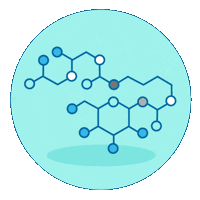
AAGP® as a potential solution
A reliable treatment for the effects of Sjogren’s syndrome has the potential to improve the lives of its sufferers, and ProtoKinetix is exploring the treatment potential of AAGP®. As a proprietary glycopeptide, AAGP® could heal or possibly even restore the cells that create moisture-producing tears necessary for properly functioning eyes, while also defending the cells from further inflammatory damage from the immune system. ProtoKinetix is exploring the application of AAGP® within new eye drops that treat dry eyes.
ProtoKinetix research and clinical trials
Because regulatory agencies consider Sjogren’s Syndrome an orphan disease, potential therapies could be very valuable.
Orphan diseases are those rare or uncommon diseases that the pharmaceutical industry does not consider profitable enough to pursue treatments. Typically, orphan diseases are those that affect 200,000 Americans or fewer. But despite all that is unknown about Sjogren’s Syndrome, it still affects as many as 4 million people across the U.S.— people whose lives could be changed by effective treatments.
AAGP® could be a valuable key to relief, thanks to the eye drops in development by ProtoKinetix.
Market potential for Sjogren’s Syndrome
With no cure and few treatments available for Sjogren’s sufferers plus a growing incidence of the disease, the market is ripe for new solutions. Forecasting predicts CAGR of up to 4% over the next six years, hitting $2 billion (USD) globally by 2024. Expansion is expected due to the increase in biologic treatments especially. The opportunity is huge, and now is a great time to join us on the journey.
2024 Market Forecast:
$2 Billion
Applications of AAGP® in Ophthalmology
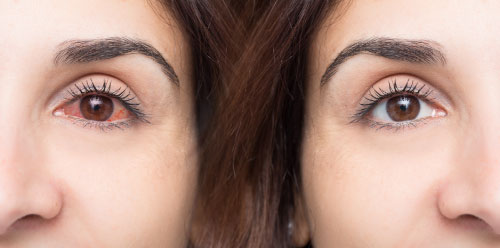
According to the Mayo Clinic, dry eye disease occurs when our bodies cannot produce enough tears to adequately lubricate our eyes. This can result in discomfort, itching, stinging, burning and even vision problems.
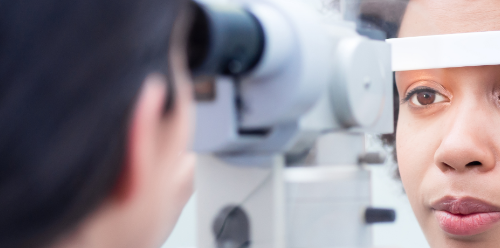
In addition to other complications, diabetes can adversely affect the eyes by causing diabetic retinopathy, or damage and deterioration of the blood vessels in the retina. In fact, diabetic retinopathy is the number one cause of blindness in young adults, according to the American Academy of Family Physicians.
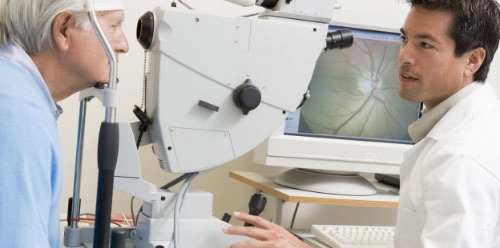
According to the National Eye Institute, age-related macular degeneration (AMD) is a disease often occurring in older people, involving damage to the macula (the focal center of the eye responsible for “20/20” color vision), which can affect the central vision required for daily activities, such as reading, cooking and driving.
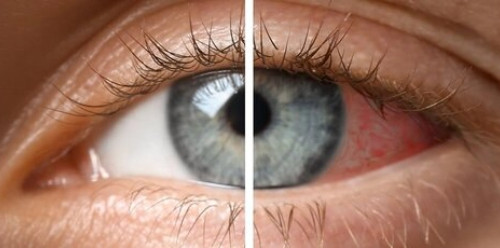
Uveitis is an inflammation of the uvea, or eye wall—the middle layer of tissue of the eye. Whereas conjunctivitis affects the outer layer of the eye, uveitis affects the interior of the eye in the front, middle, or back of the organ.

Research Pipeline for Ophthalmology:
Research:
Development:
We are in stage-3 of our pre-clinical retinal replacement program. The Gregory-Evans Retinal Therapeutic Lab at The University of British Columbia is testing whether AAGP® treated cells continue to develop into retinal cells. If successful, this could lead to the restoration of vision in humans. For example, retinal cell replacement therapy could become a critical approach for the treatment of retinal diseases including Age-Related Macular Degeneration (AMD).
Research:
Development:
Dry eye disease afflicts more than 30 million people in America and 430 million people around the world. We’re going to look into the effects of AAGP® on ocular inflammation when applied topically. With this biotechnology, we’re hoping to improve the quality of tears that lubricate and nourish the eye. This will help the hundreds of millions of people affected by this chronic issue.
Veterinary treatments
Research:
Development:
It’s possible that you don’t suffer from dry eye or other eye conditions, but your pets do. We plan on researching AAGP® in veterinary treatments. As we move through the discovery phase, we’ll narrow down our line of exploration to find out how we can improve ophthalmology care in animals.
Explore other Industry applications for AAGP®
You can support our research into Sjogren’s Syndrome treatments while supporting your own financial future. To learn about potential research options, contact your broker or reach out to the ProtoKinetix team.



